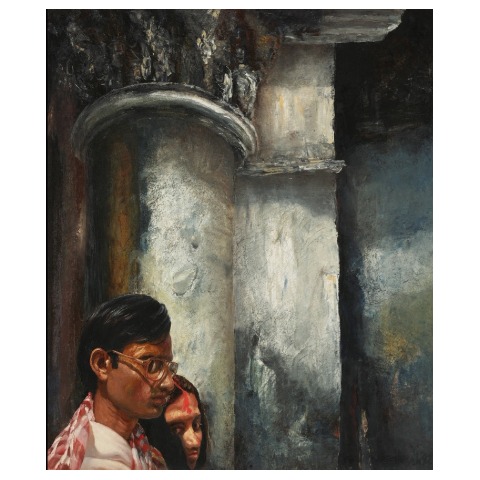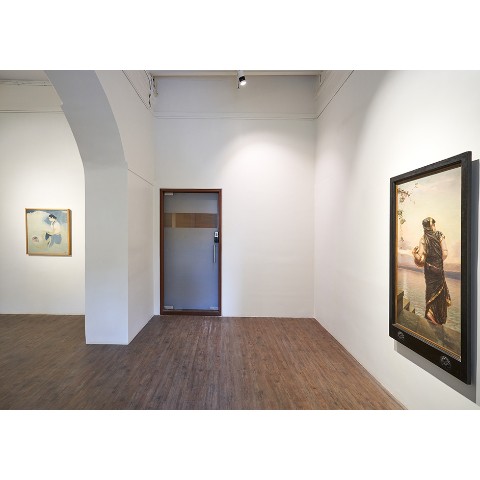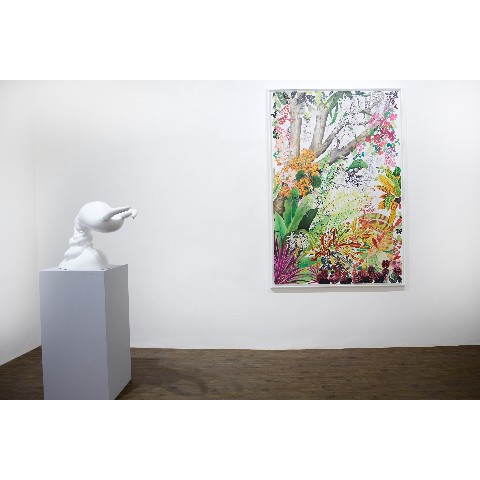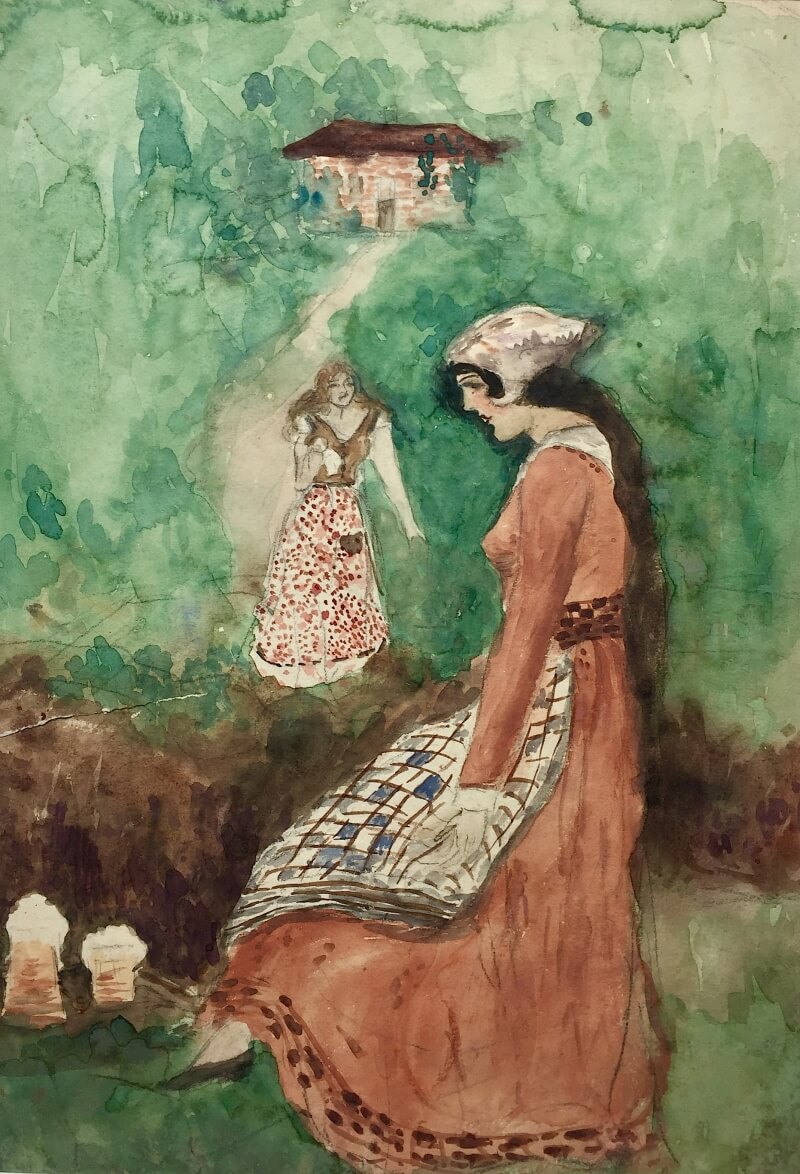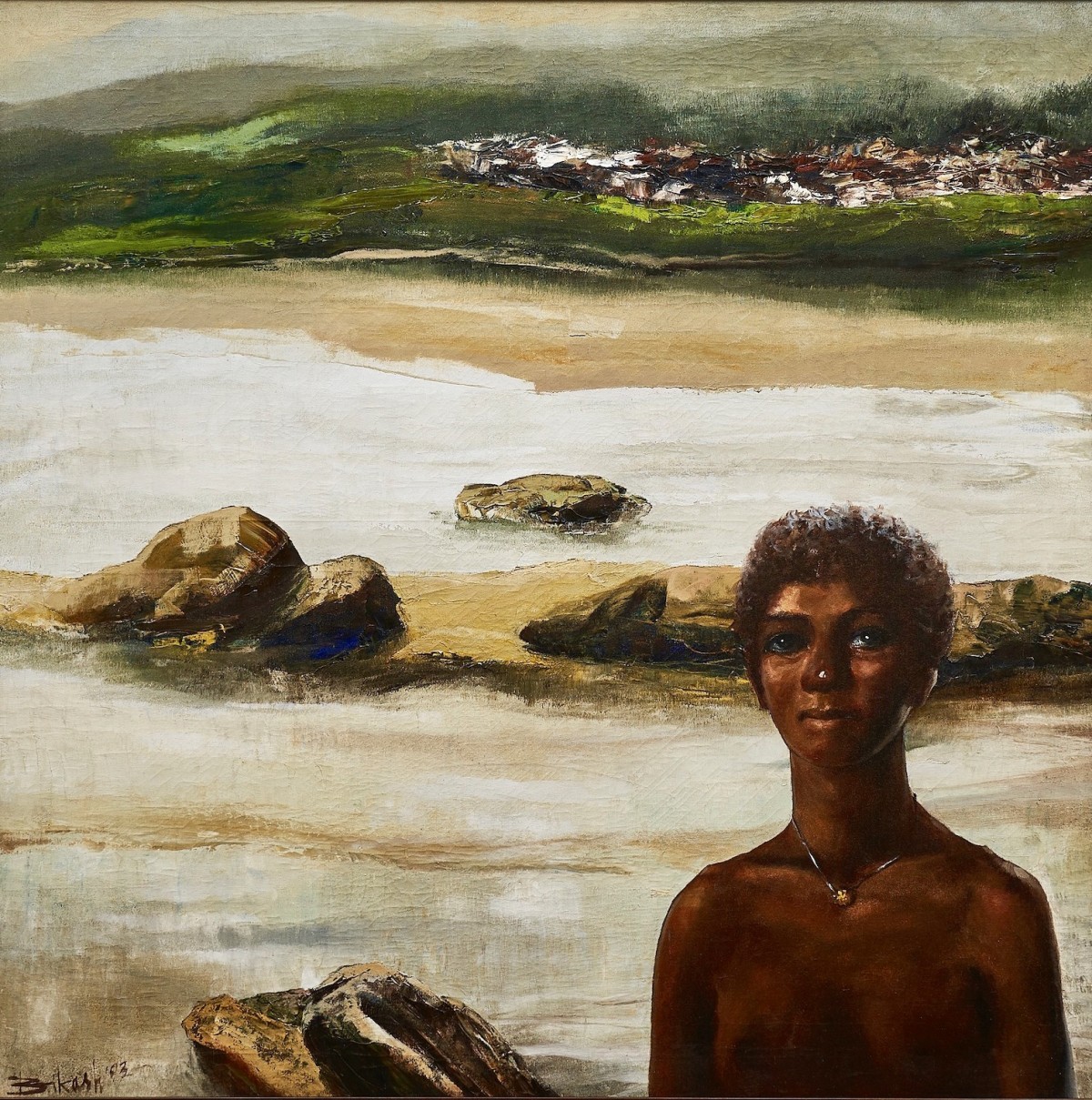
BIKASH BHATTACHARJEE
Akara Modern
1940 -2006
Born in Kolkata, Bikash Bhattacharjee
graduated from the Indian College of Arts and Draftsmanship, Kolkata in 1963.
After teaching at his alma mater in 1968, he began teaching at the Government
College of Art & Craft.
Bhattacharjee was arguably one of India’s finest painters whose mastery
of figuration is unparalleled even in the 20th century. His works were inspired
by his early childhood in Kolkata- people, rooftops, alleyways, and crumbling
building walls of where he lived. He is credited with bringing realism back to
Indian art at a time when artists in India were leaning towards distortion of
figures and abstraction. Being from a time when communism had a stronghold over
the nation, it was no surprise that Bhattacharjee was sympathetic to the
principles and objectives of the Communist Party, sharing their cultural
values. Yet, his highly individualized perception and interpretation of the
world differed when he used the premise to create an artistic representation of
either political leaders or suffering people. Bhattacharjee’s characters were
imprinted as individuals, each with a well-etched subjectivity. His works have
a rare combination of technical elan with elements of the surreal and
hyper-real. His works fathom the ability to dramatically play with light and
texture.
Bikash Bhattacharjee was widely awarded in life – by the Academy of Fine
Arts, Calcutta in 1962, Lalit Kala Akademi’s National Award in 1971, the Bangla
Ratna from the State Government in 1987, and the Padma Shri by the Government
of India in 1988.




